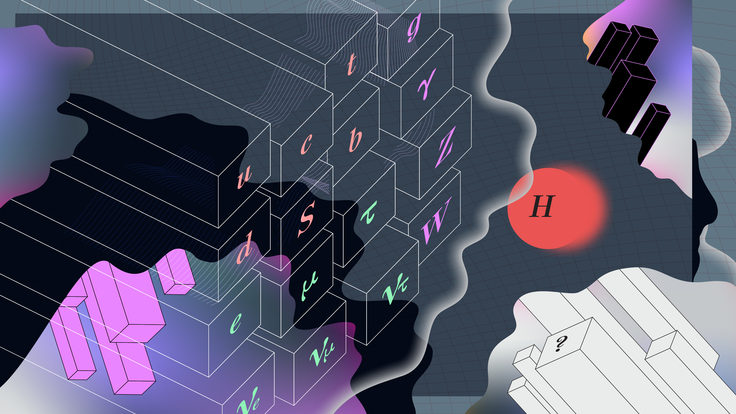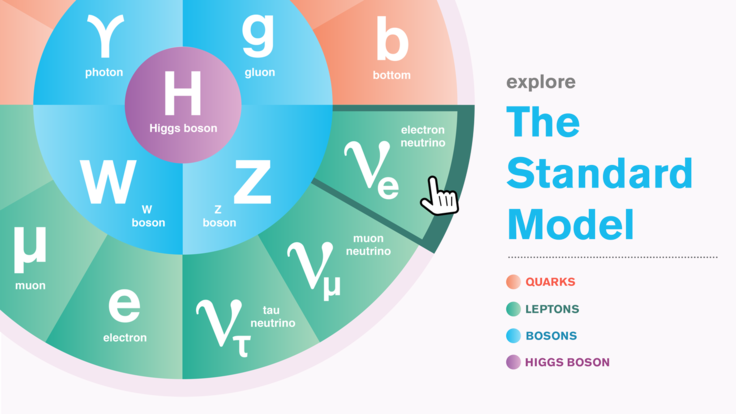Researching the ILC
Research papers are traditionally written about data gathered in an experiment. However, research papers are also published before an experiment has even begun, and the International Linear Collider is an example.
Theorists have been thinking—and writing—about ILC research for over ten years. This section of physics literature has become an important one, long before the first shovelful of dirt has been moved.
A SPIRES search finds over 1200 papers with titles that include ILC or the acronyms of two of the earlier design studies, NLC (Next Linear Collider) and TESLA (TeV-Energy Superconducting Linear Accelerator). For a machine that is not yet built, or even designed, it may seem a bit odd to find so many papers already written about it.
Over half of the papers, not surprisingly, are design-related, reporting on microwave and radio-frequency systems, electron beams, and other aspects of accelerator design. Some of the papers date back to the late 1980s.
Perhaps more surprising, though, are the 200 or so papers about topics such as supersymmetry, the Higgs boson, and large extra dimensions. These papers describe the possible discoveries that could be made at a future linear collider. For example, Physical Review D 52:1418 (1995), "Testing Supersymmetry at the Next Linear Collider", by Feng, Peskin, Murayama, and Tata, has accumulated over 100 citations. Papers like this explore the scientific capabilities of the colliders, and they are crucial to the ILC project.
Of course, no one knows for sure what the ILC will discover when it is turned on, but by making these types of simulations and predictions, theoretical physicists influence the design of the machine and provide the scientific basis for its construction.
Travis Brooks, SLAC
Click here to download the pdf version of this article.






